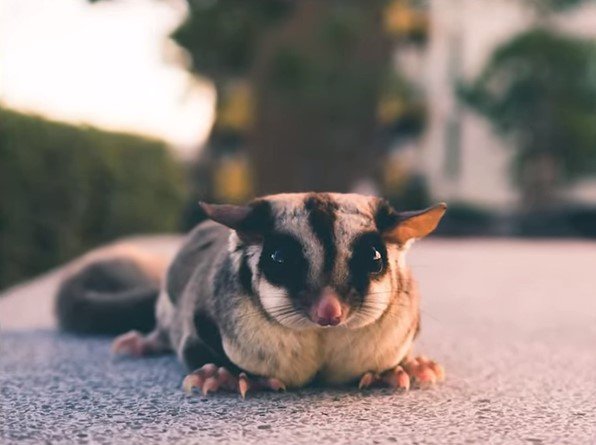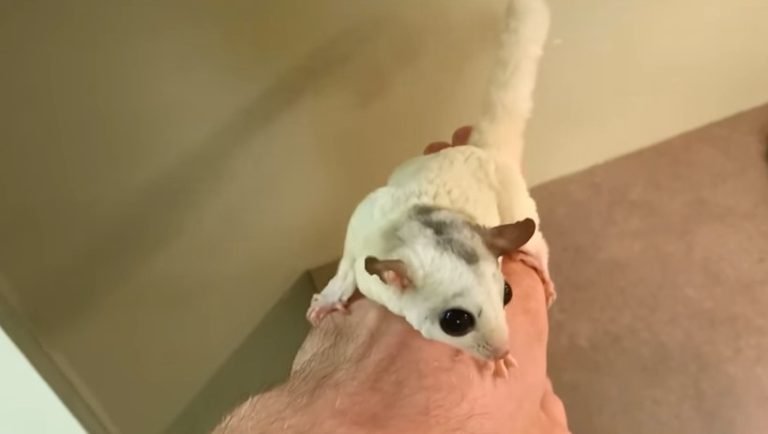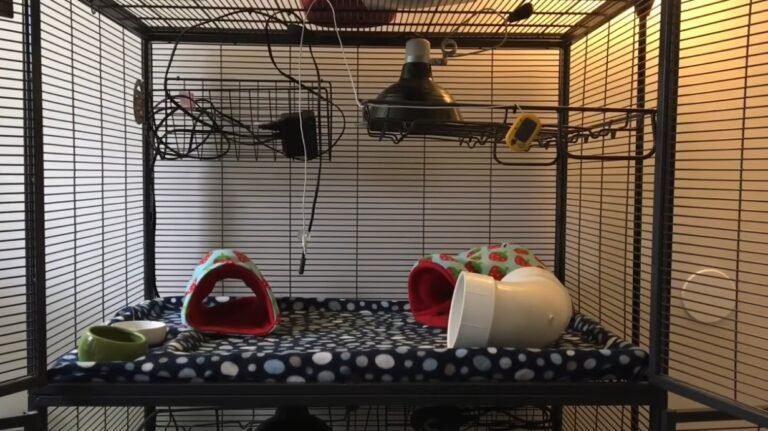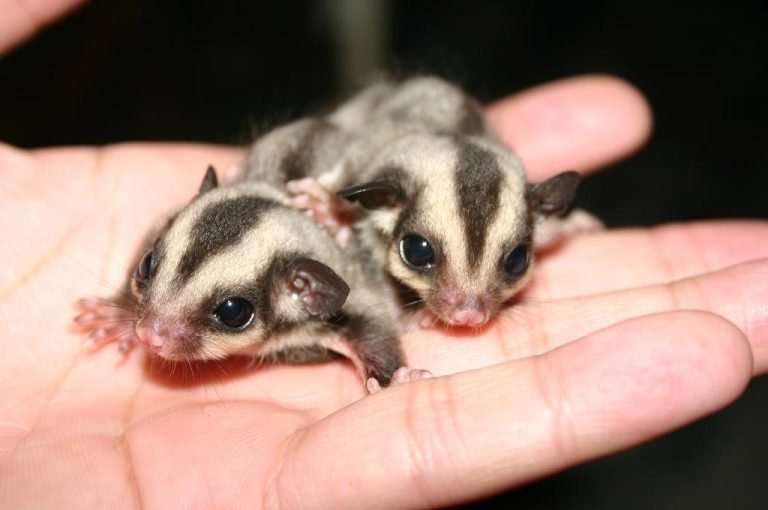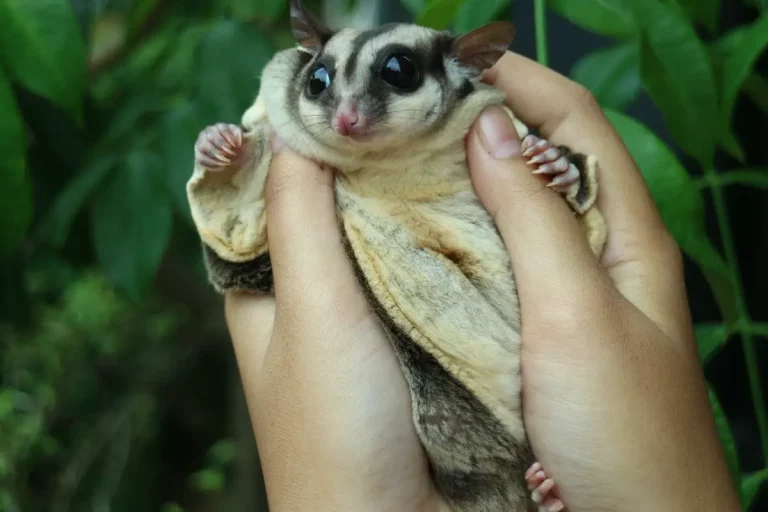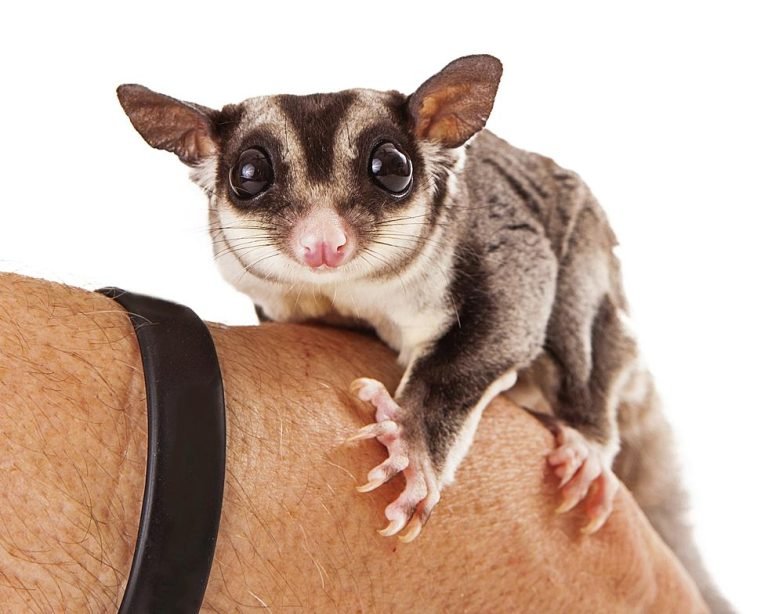How To Get A Pet Sugar Glider
Are you considering getting a pet sugar glider? These adorable little creatures make wonderful companions and can bring so much joy to your life. But before you bring one home, it’s important to understand what it takes to care for a sugar glider properly. In this article, we’ll guide you through the process of getting a pet sugar glider, from finding a reputable breeder to creating a suitable habitat for your new furry friend. Let’s dive in!
Finding a Reputable Breeder
The first step in getting a pet sugar glider is finding a reputable breeder. It’s essential to choose a breeder who raises healthy and well-socialized sugar gliders. Here are some tips to help you find the right breeder:
1. Do your research: Start by researching different breeders in your area. Look for breeders who have a good reputation and positive reviews from previous customers. You can also ask for recommendations from other sugar glider owners or join online forums and communities dedicated to sugar glider care.
2. Visit the breeder: Once you’ve identified a potential breeder, schedule a visit to their facility. This will give you an opportunity to see how the sugar gliders are kept and cared for. Pay attention to the cleanliness of the environment and the overall health and appearance of the animals.

3. Ask questions: When you visit the breeder, don’t be afraid to ask questions about their breeding practices. Inquire about the lineage of their sugar gliders, any genetic health issues they may have, and how they socialize the baby gliders before they go to their new homes. A reputable breeder will be happy to provide all the information you need.
Preparing the Habitat
Creating a suitable habitat for your sugar glider is crucial to their well-being. Here’s what you need to consider when setting up their living space:
1. Cage: Sugar gliders need a spacious cage that allows them to climb, glide, and play. Look for a cage made specifically for sugar gliders, as they have certain requirements. Ensure that the bar spacing is narrow enough to prevent escapes, as sugar gliders are expert escape artists.
2. Toys and accessories: Sugar gliders are highly active and curious animals. Provide them with plenty of toys and accessories to keep them mentally stimulated and physically engaged. Items such as climbing branches, exercise wheels, and hammocks are great additions to their cage.
3. Diet and nutrition: Sugar gliders have unique dietary needs. Their diet should consist of a balanced mix of fresh fruits, vegetables, protein, and a specialized sugar glider pellet. Avoid feeding them foods that are toxic to their system, such as chocolate, caffeine, and onions.
Bonding with Your Sugar Glider
Building a bond with your sugar glider is an essential part of the pet ownership experience. Here are some tips to help you establish a strong connection with your new furry friend:
1. Take it slow: Sugar gliders are naturally shy creatures, so it’s important to give them time to adjust to their new environment. Avoid overwhelming them with too much handling in the beginning. Start by spending time near their cage, talking softly to them and offering treats.
2. Use positive reinforcement: Sugar gliders respond well to positive reinforcement training. Reward them with treats and praise when they exhibit desired behaviors, such as coming to you when called or using their litter box. This will help strengthen the bond between you and your pet.
3. Spend quality time together: Sugar gliders are social animals and thrive on companionship. Set aside dedicated time each day to interact with your pet. This can include gentle playtime, cuddling, or simply allowing them to ride on your shoulder as you go about your daily activities.
Frequently Asked Questions
Q: Are sugar gliders legal as pets?
A: The legality of owning a sugar glider as a pet varies from country to country and even within different states or provinces. It’s essential to check your local laws before bringing a sugar glider home. In some regions, you may need a permit or license to own one.
Q: Can sugar gliders be potty trained?
A: Yes, sugar gliders can be potty trained to use a specific area or box for their waste. With patience, consistency, and positive reinforcement, they can learn to use a designated spot within their cage.
Q: How long do sugar gliders live?
A: Sugar gliders have a relatively long lifespan compared to other small mammals. They can live up to 12-15 years in captivity when provided with proper care and a suitable diet.
Final Thoughts
Getting a pet sugar glider can be a rewarding and fulfilling experience. These little creatures have unique personalities and can bring so much joy to your life. However, it’s crucial to remember that sugar gliders require specialized care and attention. Take the time to educate yourself on their needs and provide them with a loving and enriching environment. With the right knowledge and commitment, you can enjoy a wonderful companionship with your pet sugar glider for many years to come.

